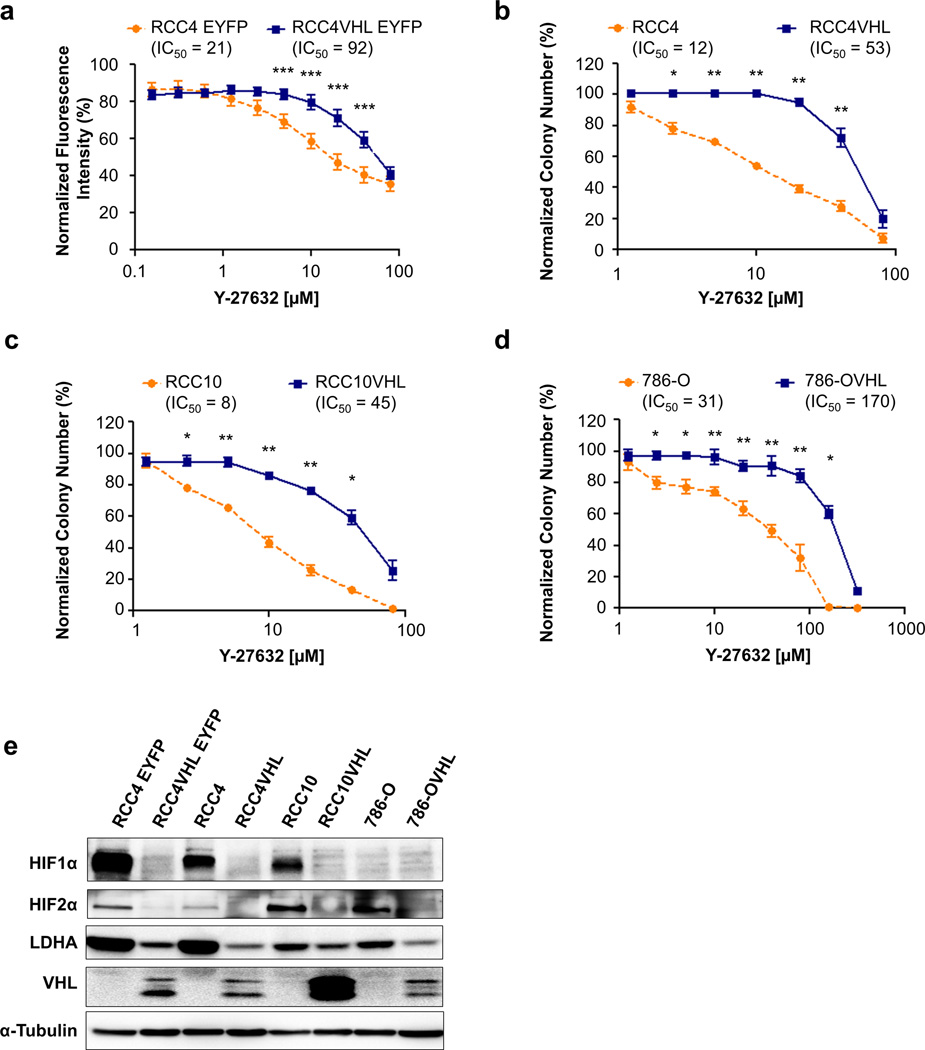Figure 1. The ROCK inhibitor Y-27632 causes synthetic lethality with VHL loss in multiple CC-RCC cell lines.
(a) The LOPAC hit Y-27632 was validated in the RCC4-EYFP and RCC4VHL-EYFP matched cell lines, showing selective toxicity towards VHL-deficient cells. Each dose of Y-27632 within each experiment was tested in quadruplicate, and the experiment was repeated three times. Fluorescence intensity of EYFP-labeled cells was used as a surrogate for cell number. (b–d) Clonogenic assays in (b) RCC4±VHL, (c) RCC10±VHL, and (d) 786-O±VHL matched cell lines confirming that Y-27632 causes synthetic lethality with VHL loss in multiple CC-RCC genetic backgrounds. Each dose of Y-27632 within each experiment was tested in duplicate, and the experiment was repeated three times. IC50s are indicated. Statistical analysis in (a–d) was performed using a paired t-test between the matched cell lines at each dose (* p < 0.05, ** p < 0.01, *** p < 0.001), SEMs are shown. (e) Western blot showing the effect of VHL re-expression in CC-RCC cell lines on HIF1α and HIF2α expression, and the expression of their downstream target LDHA. α-tubulin serves as a loading control.

